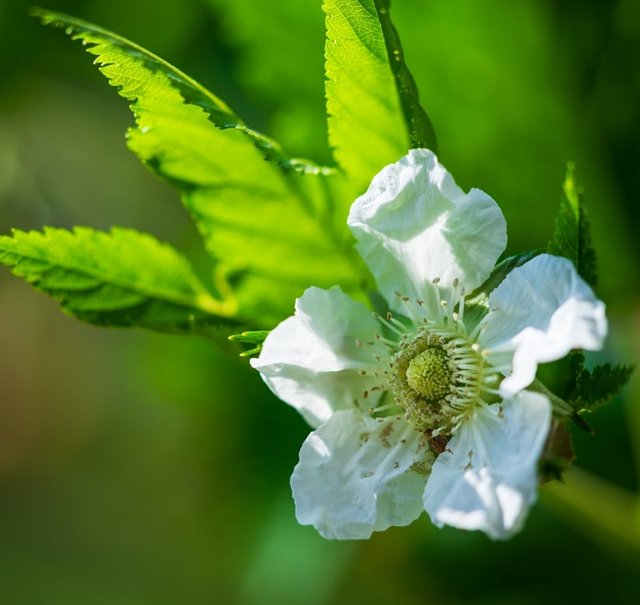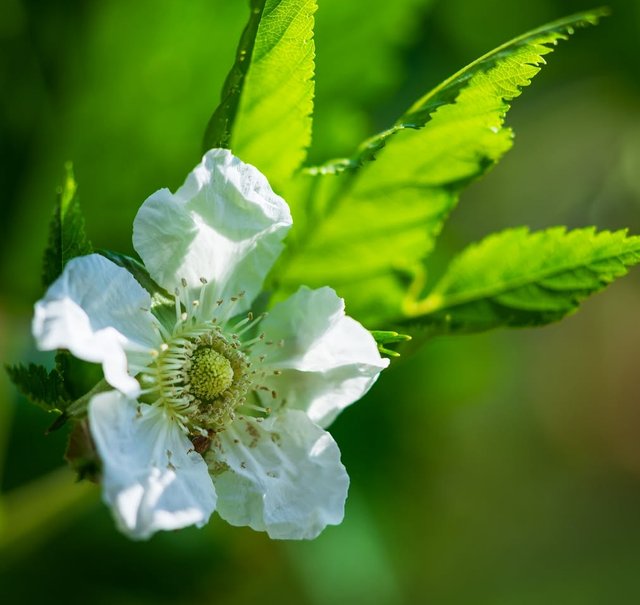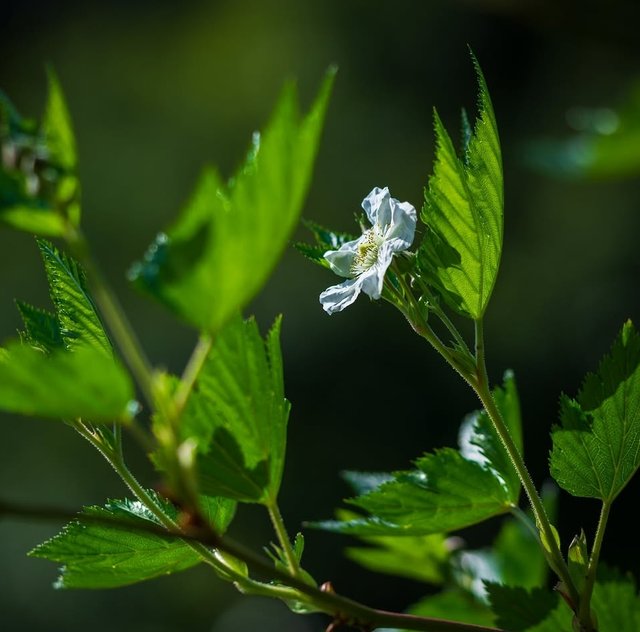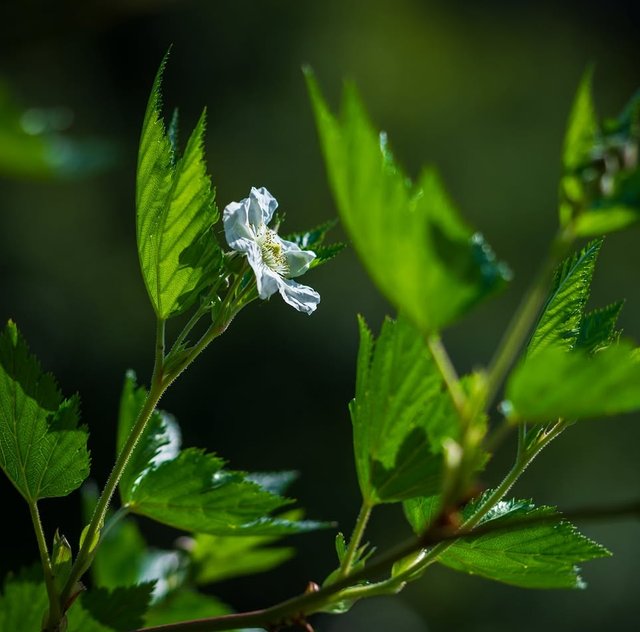So Beautiful Rubus Trifidus Flower
Exploring Rubus trifidus: A Hidden Gem of the Bramble World
In the sprawling and often tangled world of the genus Rubus, which includes well-known species like blackberries and raspberries, one lesser-known but intriguing species stands quietly in the shadows: Rubus trifidus. Native to East Asia, particularly Japan, this plant might not be on the radar of casual botanists or gardeners, but for those with a passion for the diversity of brambles, it’s a fascinating study.
Botanical Overview
Rubus trifidus is a deciduous shrub in the Rosaceae family, which is home to many fruit-bearing plants. The species name "trifidus" refers to its characteristically trifolia leaves, which are one of its most distinguishing features. These leaves are broad and attractively veined, often giving the plant an almost ornamental appeal.
Growing primarily in temperate forests and mountain regions, Rubus trifidus is adapted to shaded, humid environments. It tends to form sprawling thickets, with arching canes that may root at the tips when they contact the soil—a typical feature among many Rubus species.
The stems are usually thorny, although not as aggressively armed as some of its more robust cousins like Rubus fruticosus. Its flowers are typically white to pale pink, blooming in spring to early summer, and are followed by small, orange to red aggregate fruits that resemble miniature raspberries. These fruits are edible but are generally considered to be mild in flavor—more a curiosity than a commercial crop.
Ecological Role
Like other Rubus species, R. trifidus plays a key role in its native habitat. The flowers are a source of nectar for bees and other pollinators, while the fruits provide food for birds and small mammals. The dense thickets also offer shelter and nesting sites, contributing to the ecological complexity of forest understories.




%20(8).jpeg)